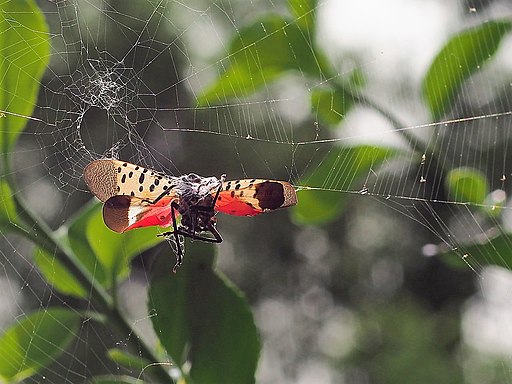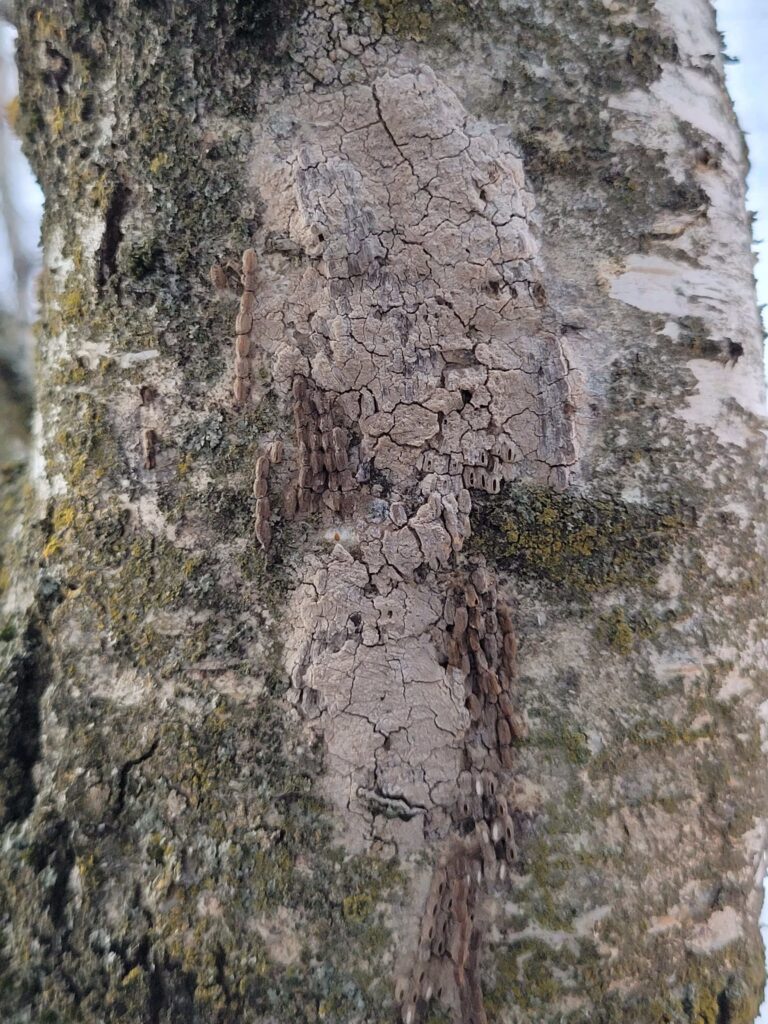What are a Spotted Lanternfly’s Natural Enemies?
November 17, 2020By now, you’ve likely learned about the threat that spotted lanternflies post to Pennsylvania’s agriculture industry. The state deemed the spotted lanternfly an invasive species because it feeds through tree bark, excreting a honeydew that’s harmful to trees and plants. The Pennsylvania Department of Agriculture issued an order that calls upon Pennsylvania residents to follow its guidelines to prevent the spread of spotted lanternflies.
At the onset of the infestation, it seemed as though the spotted lanternfly had no known enemies besides humans. We are seeing that play out differently now. Some natural enemies attack the spotted lanternfly and there do exist some natural lanternfly predators. Scientists continue to study possible biological control of the non-native, invasive spotted lanternfly.
Wondering what in nature attacks the spotted lanternfly? Here’s a list of the spotted lanternfly’s natural predators:
· Praying Mantis
Do praying mantis eat lanternflies? Some of our customers, as well as Penn State Extension staff, report that praying mantises attack spotted lanternflies.
The praying mantis is a beneficial insect. It will consume flies, mosquitoes, aphids, and other pests (including the spotted lanternfly!) Even though they are extremely feisty, a praying mantis is not going to hurt you.
While praying mantis will eat spotted lanternflies, they are not an efficient means of controlling Pennsylvania’s SLF infestation.
· Spiders
Garden spiders, too, will eat spotted lanternflies ensnared in their webs.

· Chickens and Other Birds
Do birds eat lanternflies? Chicken and birds, such as the gray catbirds, reportedly attack and eat spotted lanternflies. Researchers at Penn State’s College of Agricultural Sciences are now investigating whether native birds feed on the spotted lanternfly. There have been social media reports of birds such as woodpeckers and wrens at least attacking spotted lanternflies.
· Stinging Insects
Researchers have observed a parasitic wasp laying its eggs inside the eggs of spotted lanternflies. The larvae then eat the spotted lanternfly larvae and then emerge as “the winners.”
Interestingly, our technicians observe stinging insects like yellowjackets pushing aside the SLF to take over the sap flow. Read Spotted Lanternflies Help Stinging Insects Thrive.
All these natural predators, though, are not a substantial, efficient means of controlling the ever-growing population of spotted lanternflies.
How Do We Kill Spotted Lanternflies?
Scientifically based pest management is the best way to kill the spotted lanternfly.
Don’t use homemade remedies or over-the-counter products, which can cause more harm than good. Only insecticides registered by the Environmental Protection Agency (EPA) or products with all-natural ingredients listed on the EPA FIFRA 25(b) list should be used to treat trees and plants that show signs of spotted lanternfly infestation.
Dominion Pest Control technicians are trained in the proper use of these products and trained in compliance with the standards set by the state. Our pest professionals will inspect your trees for signs of the insects, seeking out evidence of active adult lanternflies, nymphs, and evidence of their egg masses.
What Do Spotted Lantern Fly Eggs Look Like?
Their egg masses look like dried mud smeared on trees and other surfaces. Here is an image of recent spotted lanternfly eggs found in Lancaster County, Pa.:
Due Diligence in SLF Control
You can help by consistently inspecting your property and scraping off egg masses spotted on your trees, plants, or outside furniture and play equipment. Also, before traveling to other counties (especially from a quarantined zone) check your car for any spotted lanternflies “stowaways.”
Call a professional pest control company if you discover an infestation. Keep in mind that if a couple of lanternflies are discovered on your property, there are likely hundreds more.
There is a risk of collateral damage in pest management. Dominion Pest Control technicians are big fans of the praying mantis and other beneficial insects. We can identify them and use precaution when applying pest control products to avoid harming helpful insects as much as possible.
We can properly treat your property for SLF control while attempting to mitigate any collateral damage to beneficial insects.
